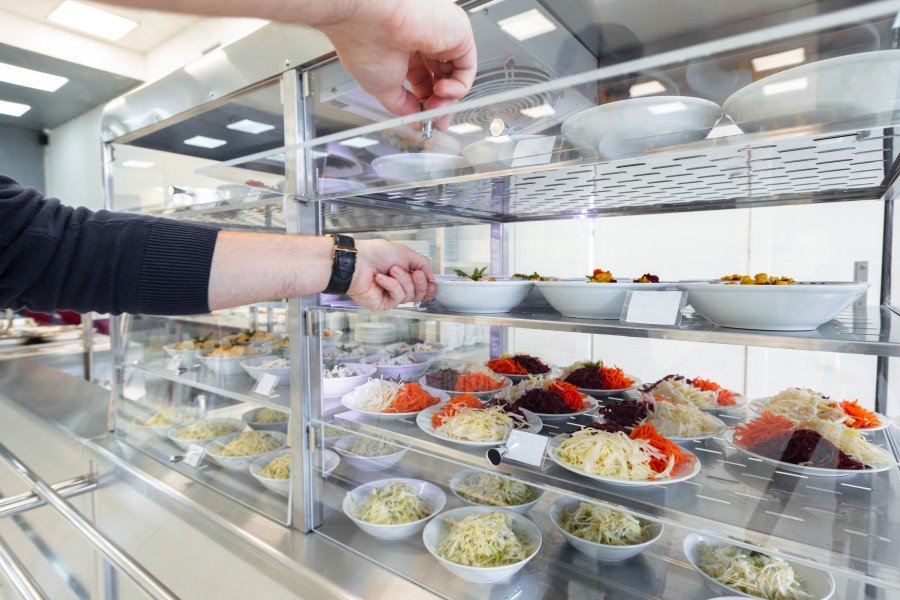Running a restaurant, catering service, or packaging company? You’re not just delivering food—you’re delivering trust. Customers expect every bite to be safe, and that’s where ISO 22000 certification comes in. This global standard ensures your food safety management system is top-notch, protecting your customers and your reputation. Ready to learn why ISO 22000 is your business’s secret ingredient? Let’s dig into what it is, why it’s worth it, and how to make it happen.
What’s ISO 22000 All About?
Picture this: a customer enjoys your signature dish, but later, something goes wrong. Food safety mishaps can sink a business faster than a bad review. ISO 22000 is a standard that helps you prevent those nightmares. It’s a framework for managing food safety risks, from farm to fork. Whether you’re running a cozy diner or a packaging plant, it ensures your processes—think storage, prep, or packaging—are safe. It’s like a recipe for trust, blending science, planning, and care. Ready to cook up safer operations?
Why Your Business Needs This Certification
You know what’s tough? Earning customer loyalty. One food safety slip, and it’s gone. ISO 22000 certification shows you’re serious about safe food handling. For restaurants, it means cleaner kitchens and happier diners. Caterers gain trust for events, and packaging companies prove their products won’t contaminate. Plus, it opens doors to bigger clients—think supermarkets or global brands—who demand certified suppliers. It’s not just a badge; it’s a competitive edge. Doesn’t that sound like a win?
The Real-World Impact of ISO 22000
Let’s get real: food safety isn’t just paperwork. ISO 22000 helps you spot risks—like cross-contamination in a busy kitchen or faulty seals in packaging—before they become problems. It’s like having a safety net for your operations. You’ll streamline processes, reduce waste, and boost efficiency. For example, a catering company might catch a storage issue during an audit, saving a client’s event. Certification builds confidence, not just for you but for everyone who trusts your brand.
Who Can Benefit from This Standard?
Restaurants, caterers, packaging companies—this one’s for you. Whether you’re a small café serving locals or a packaging giant supplying global brands, ISO 22000 fits. It’s perfect for anyone handling food or food-related products. Even food truck owners or startups can use it to stand out. The standard scales to your size, ensuring HACCP principles (Hazard Analysis and Critical Control Points) keep your products safe. Want to be the go-to name in food safety? This is your shot.
How Does the Certification Process Work?
Okay, so how do you get ISO 22000 certified? It’s not as scary as it sounds. First, you assess your current food safety management system—think hygiene practices or supplier checks. Then, you align with ISO 22000 requirements, like setting up HACCP plans. A certified body, like SGS or Bureau Veritas, audits your setup. Pass the audit, and you’re certified! It takes effort, but the payoff? A safer business and happier customers.
The Costs: Is It Worth It?
Let’s talk money. Getting ISO 22000 certification isn’t free—think consultant fees, audits, and training, which can range from a few thousand to tens of thousands, depending on your business size. But here’s the thing: the cost of not being certified could be higher. A food safety scandal can tank your reputation and profits. Certification boosts efficiency, cuts waste, and attracts clients. It’s like investing in a top-notch chef—expensive, but it pays off big time.
Navigating the Certification Journey
Here’s a truth bomb: the certification process can feel like a marathon. You’ll need to train staff, update processes, and maybe overhaul your food safety protocols. But don’t sweat it—consultants and training programs, like those from DNV or Intertek, break it down. Start with a gap analysis to see where you stand. Then, tackle one step at a time. By the end, you’ll have a system that’s not just compliant but bulletproof. Ready to start?
The Role of HACCP in ISO 22000
Ever heard of HACCP? It’s the backbone of ISO 22000. This system identifies risks—like improper storage temperatures—and sets controls to prevent them. For restaurants, it might mean checking fridge temps daily. For packaging companies, it’s ensuring materials are food-safe. ISO 22000 builds on HACCP, adding management tools to keep everything consistent. It’s like giving your kitchen or factory a safety brain, always thinking ahead. Cool, right?
Why Customers Care About Your Certification
Customers don’t read standards, but they feel the difference. ISO 22000 certification tells them you’re obsessive about safe food handling. A caterer with this badge can land bigger gigs—think weddings or corporate events. Restaurants attract health-conscious diners. Packaging companies gain trust from food producers. It’s like a five-star Yelp review for safety. In 2025, with food safety in the spotlight, certification isn’t just nice—it’s a must. Why risk losing that trust?
Trends Shaping Food Safety in 2025
Food safety is evolving fast. In 2025, we’re seeing tech like IoT sensors monitoring storage conditions or blockchain tracking supply chains. ISO 22000 keeps you ahead of these trends. It ensures your food safety management system can handle new challenges, like stricter regulations or consumer demands for transparency. Imagine a customer scanning a QR code to see your safety credentials. Certification prepares you for that future, making your business not just safe but cutting-edge.
Overcoming Common Challenges
Let’s be honest—getting certified can feel overwhelming. Small restaurants might worry about costs, while large packaging firms dread the paperwork. But here’s the fix: break it down. The key? Don’t go it alone. Consultants can guide you, turning a daunting task into a manageable project. You’ve got this!
Your Next Steps to Food Safety Stardom
So, what’s the plan? If you’re ready for ISO 22000 certification, start by researching accredited bodies—SGS, Bureau Veritas, or local providers. Assess your current food safety setup and identify gaps. Invest in training to get your team on board. Then, schedule that audit. It’s a journey, but the destination? A safer business, happier customers, and a reputation that shines. Why wait to make your mark in food safety?
There you go—a full scoop on ISO 22000 certification and why it’s a game-changer for restaurants, caterers, and packaging companies. It’s not just about meeting standards; it’s about building a business that thrives on trust and safety. With certification, you’re not just serving food—you’re serving peace of mind. So, take the leap, get certified, and watch your business soar. Ready to make food safety your superpower?




Leave a Reply